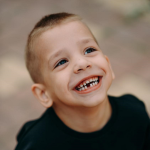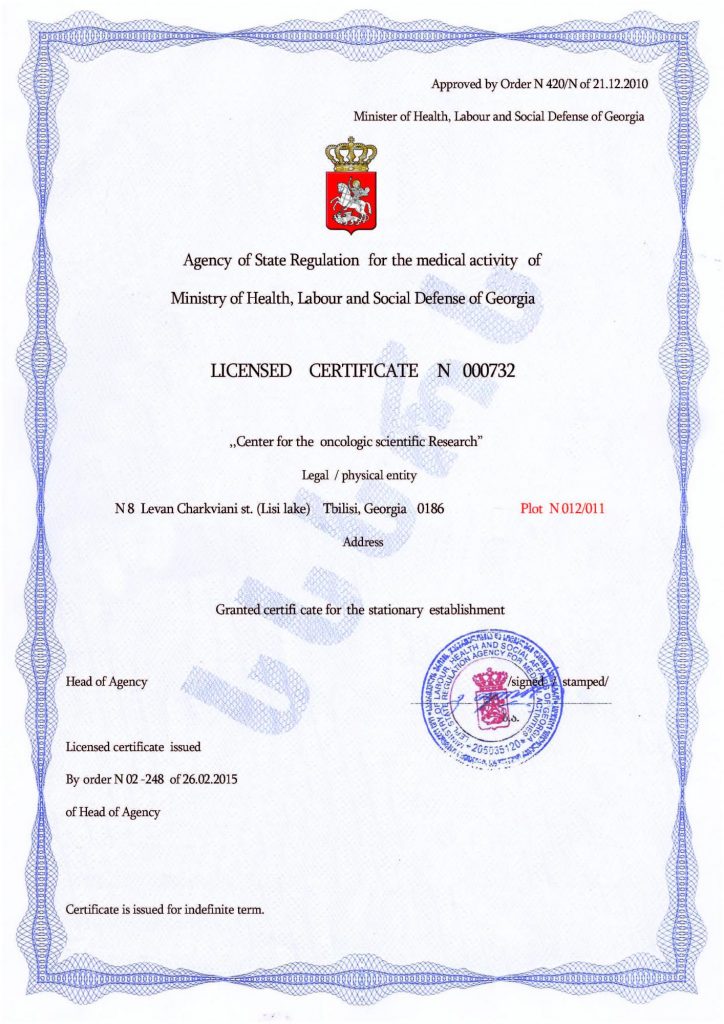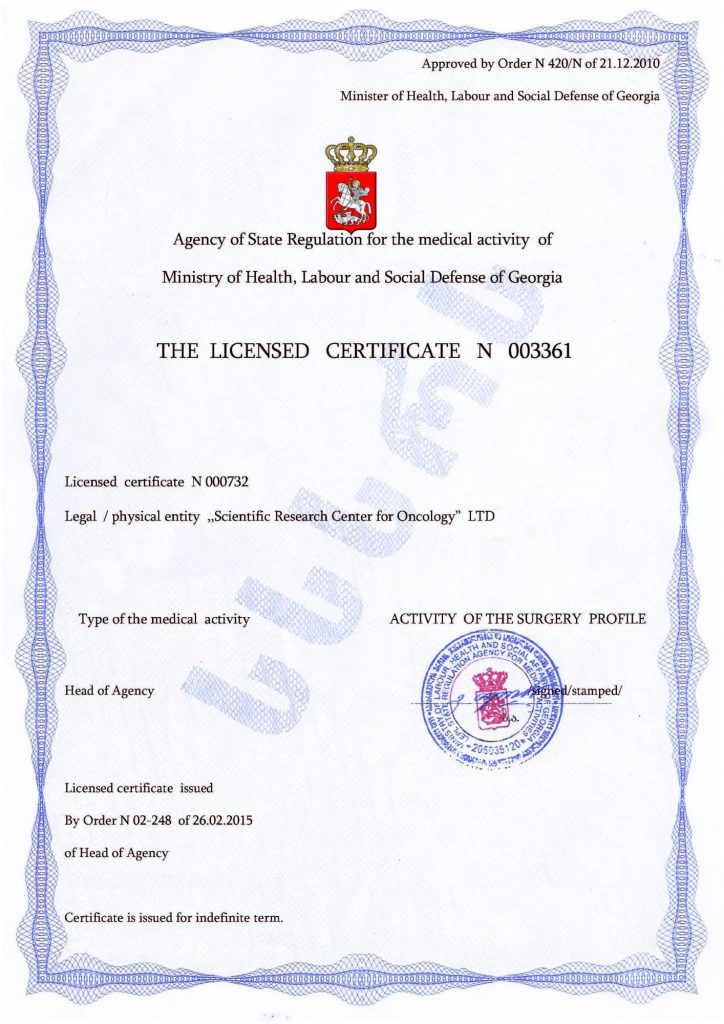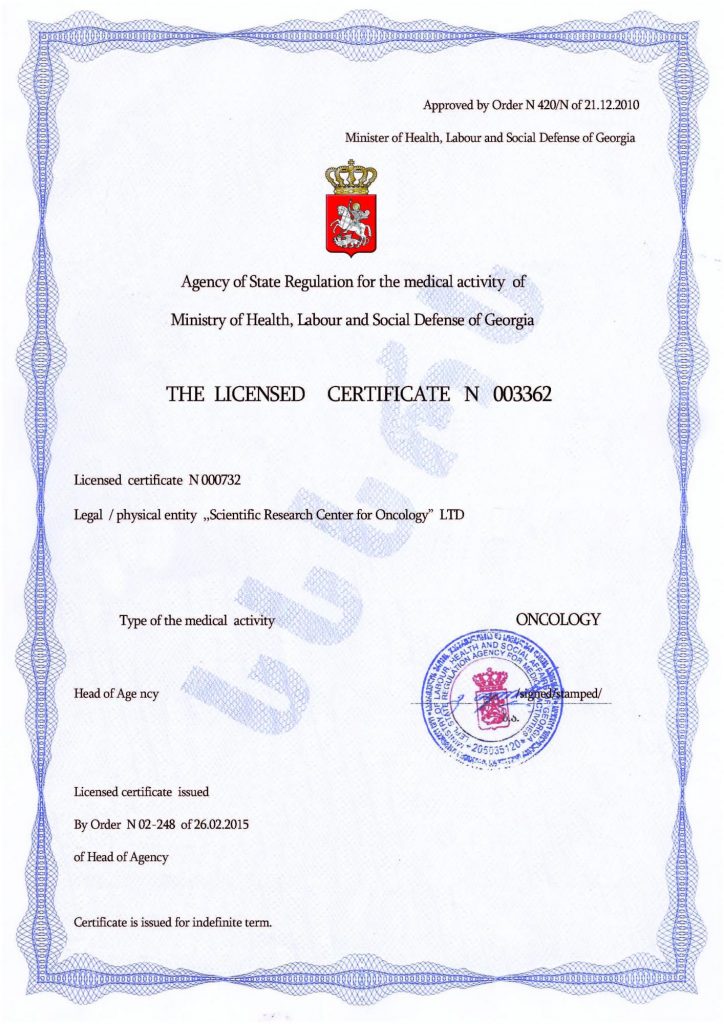Pervasive Autism
Pervasive disorder, pervasive autism, and ASD of pervasive type are different names for the same condition. This is a difficult form of autism because it is difficult to manage therapeutically. This condition represents a group of developmental and behavioural disorders that are manifested by a certain set of psychoneurological symptoms. These may include speech disorders, social maladjustment, and coordination dysfunctions.
Pervasive disorder in autistic children appears at preschool age. Most often, the final diagnosis can be made between 4 and 6 years. During this period, parents may notice obvious symptoms, and the level of a child’s development allows a doctor to identify the disease with certainty. Typical factors that cause a patient’s family to consult a specialist are low intellectual abilities and difficulties in acquiring vital skills.
Pervasive atypical autism includes the following conditions:
- Early childhood autism
- Asperger syndrome
- Rett syndrome
- Disintegrative disorders.
Symptoms of pervasive developmental disorder in autism:
- Repeated behaviours. For example, a baby can repeat the same action over a long period of time, such as walking in circles, knocking with some object, clicking, spinning, etc.
- Undeveloped fine motor skills. A child has difficulty drawing, folding a pyramid, cannot grasp objects with their hands, etc.
- Communication difficulties. A child cannot engage in conversation, cannot ask their own questions, responds incorrectly to requests, or does does not want to communicate at all;
- Detachment: An absence of interest in everything happening — activity scares the child; self-isolation;
- Inability to adapt to new changes — Changes cause panic and negativity;
- Speech dysfunctions: Monotony, poor vocabulary, inability to structure speech logically and form sentences;
- Odd reaction to various stimuli. For example, crying from small noises, but not reacting to loud noises;
- Short attention span, fatigue during the learning process, lack of attention;
- Reluctance to make contact even with close, trusted people.
Classical and modern treatment for pervasive autism disorder
With consistent, regular therapy, mental, neurological, and speech defects can be reduced to some extent. With this correction of ASD, a child can learn and develop. The following measures may be prescribed for treatment:
- Exercise therapy
- Speech therapy
- Sessions with a psychologist
- Stem cell therapy.
The latter technique is the most effective. The main recommendations for its use are a medical opinion with the corresponding diagnosis. Modern treatment of childhood autism spectrum disorder with stem cells is suitable for all children, and can achieve noticeable therapeutic effects.
It is possible to undergo a stem cell transplantation procedure at the Mardaleishvili Medical Centre. The best doctors work here, and their treatment of childhood autism is considered the most effective. This method resolves many symptoms of the condition, giving patients the chance to lead a full life similar to their normally developing peers.
Stem cell correction of childhood autism is needed for your child to overcome pervasive autism!
Autism Treatment Center Videos
Autism treatment with own stem cells
Cord blood association congress
International Quality Crown
Autism Treatment Reviews
Autism treatment with own stem cells
The story of Alessandro (6 years old)
Autism Patient Testimonial - Stem Cell Treatment
Clients Testimonials
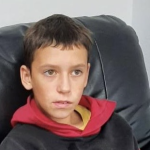
Feedback from Igor, David’s father (12 years old) Read More
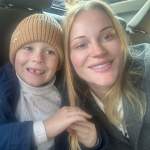
Feedback from Olga, Fedya’s mother Read More
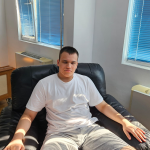
Feedback from Natalia, Radomir’s mother (15 years old) Read More
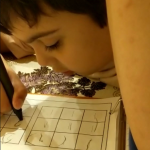
Feedback from Esther, Samuel’s mother (8 years old) Read More
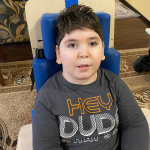
Feedback from Abibe, Selim’s mother (7 years old) Read More
